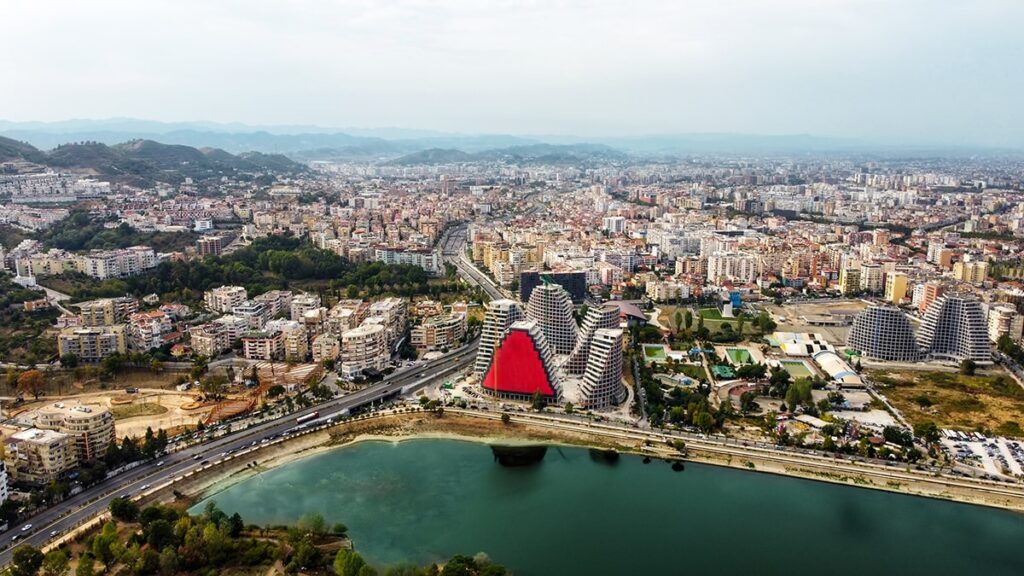1. Traffic lights: In 1995, drivers in the city of Shkodra refused to pay a newly introduced traffic light tax because there were no traffic lights in the city
2. Yes and no: When Albanians nod, it means ‘no’ and when they shake their heads, it means ‘yes’ – i.e. the body language for yes and no is reversed in Albania (compared to most other countries)
3. Prohibition of religion: All mosques and churches in Albania were closed in 1967 and all religious ceremonies were banned. In November 1990, religious practices became legal in private matters
4. Bunkers: There are around 750,000 concrete bunkers scattered throughout Albania. Around 700,000 of these were built during the nearly 40-year regime of communist dictator Enver Hoxa (1944 – 1985) in preparation for an invasion that never came.
5. Mother Teresa: Although Mother Teresa was born in Skopje in 1910 (in present-day Macedonia), she is considered to be Albanian, as both her parents were Albanian. Tirana International Airport (the airport in Albania’s capital) is named after Mother Teresa

Fact: Enver Hoxha was in power in Albania for almost 40 years and banned all religion, which has left its mark on the country today; the unofficial national motto is: “the Albanian religion is Albanism”
6. Nobel Prizes: The only two Albanians to ever receive Nobel Prizes were Mother Teresa and Ferid Murad. Ferid Murad is half Albanian and half American, and won the Nobel Prize in Physiology or Medicine in 1998
7. McDonald’s: Albania, Armenia and Vatican City are the only European countries without a McDonald’s
8. OL: Albania has never won an Olympic Games medal
9. Self-defense during an attack: King Zog of Albania (1928-1939) is the only national leader in recent history to have defended himself with a firearm during an assassination attempt
10. Independence: When the Treaty of London was signed on May 30, 1913, the First Balkan War ended and Albania was recognized as an independent state

Fact: For almost 40 years, Albania was a very isolated country due to the communist dictatorship under Enver Hoxha. The country’s 750,000 bunkers are a relic of that era





